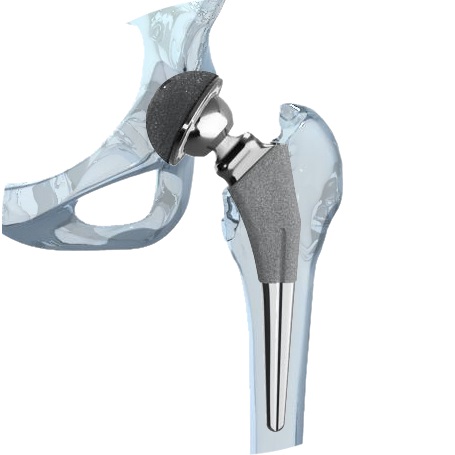South Carolina Plaintiff Files Biomet Hip Lawsuit in MDL
 As Biomet hip settlements are being finalized, more plaintiffs are bringing claims. On January 16, 2015, a South Carolina man filed the most recent Biomet hip lawsuit in the multidistrict litigation (MDL) pending in the United States District Court for the Northern District of Indiana.
As Biomet hip settlements are being finalized, more plaintiffs are bringing claims. On January 16, 2015, a South Carolina man filed the most recent Biomet hip lawsuit in the multidistrict litigation (MDL) pending in the United States District Court for the Northern District of Indiana.
Rather than file his complaint in South Carolina, the plaintiff filed it directly in the Indiana MDL, as permitted by an earlier MDL case management order. The product liability case alleges that the plaintiff was injured by the M2A – Magnum Hip Replacement System. He names as defendants Biomet, Inc. and its subsidiaries that designed, manufactured, marketed, and sold the device.
Metal on metal manufacturers face lawsuits
Biomet is just one of several metal hip manufacturers plagued by lawsuits over patient injuries. There are more than 300,000 hip replacements performed in the United States each year and in the past few decades, the trend has been to use metal components.
The metal-on-metal hip replacements gained popularity because it was initially believed that they would be more durable to keep up with an aging and more active population. But time has shown that the metal hips are less durable, breaking down and spreading toxic metal particles into the patient’s body. Hip manufacturers including Stryker Orthopaedics, DePuy Orthopaedics, and Zimmer Holdings have all been targeted by massive numbers of lawsuits over the dangers of metal hips.
Biomet hip lawsuit alleges permanent injuries
The South Carolina plaintiff received the M2A device in a left side total hip replacement in September 2006. He alleges that after the surgery, he experienced inflammation and severe pain and suffering at the site of the implant from friction between the metal hip components. The wearing of the metal components, he states, caused toxic metal ions to be released into his blood and tissue and the pain was so great that he underwent a revision surgery. The plaintiff also asserts that Biomet’s failure to disclose the risks of its Magnum device prevented him from discovering the cause of his injuries.
Like many other Biomet hip lawsuits, the complaint alleges that the M2A is likely to fail before its expected lifespan and that the manufacturer was aware of the problem. It also alleges that the device’s metal-on-metal design is unreasonably dangerous, leading to degeneration from wear and tear that disperses metal debris into surrounding tissues. In early 2013, the U.S. Food and Drug Administration issued a consumer warning about the risk of injury from metal on metal hips; many manufacturers voluntarily recalled their hip systems after the warning but Biomet has kept the M2A on the market.
Biomet MDL ongoing after settlements
Early last year, Biomet agreed to pay at least $56 million to settle over 2,000 claims over the M2A. Plaintiffs who received the hip replacement and underwent a revision surgery more than six months later received a base award of $200,000. However, Biomet hip victims who were not a part of the settlement are still eligible to file a lawsuit and the MDL judge’s prior order allows those new plaintiffs to bring their claims directly into the MDL rather than first filing in a home state and having the lawsuit transferred.
- Justia Dockets, Fleming v. Biomet, Inc. et al., http://dockets.justia.com/docket/indiana/inndce/3:2015cv00024/81155
- Reuters, Biomet reaches $56 million settlement over faulty hip replacements, http://www.reuters.com/article/2014/02/04/us-biomet-settlement-idUSBREA1305Y20140204
- U.S. Food & Drug Administration, Concerns about Metal-on-Metal Hip Implants, http://www.fda.gov/MedicalDevices/ProductsandMedicalProcedures/ImplantsandProsthetics/MetalonMetalHipImplants/ucm241604.htm


 Resources
Resources
 Resources
Resources
